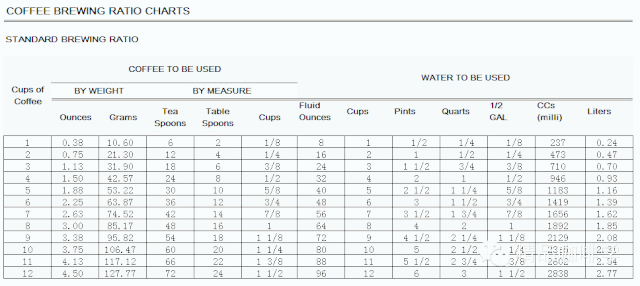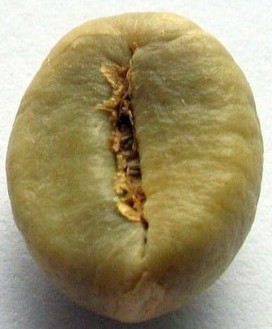On the difference between Arabica Coffee and Robusta Coffee the difference between good beans and bad beans
The global coffee bean tree species are mainly divided into Arabica and Robusta, of which Arabica coffee beans account for about 65% and 80%.
Arabica coffee has harsh planting conditions, weak disease resistance, high altitude requirements, slow growth, high quality, and fine processing of raw beans. Arabica coffee beans are elegant and slender in shape, with large and uniform grains. Different producing areas have their own different flavor and aroma, rich taste and different taste. It makes it the only coffee among these original species that can be drunk directly and alone, and can be used as a single product or as an Italian blend of coffee.
Robusta coffee has the advantages of strong adaptability, easy planting, fast growth and high yield. in general, the treatment of raw beans is relatively extensive and low quality (there is also a small amount of washed refined robusta). Robusta coffee has a round and rugged shape, relatively small grains, mixed beans, bright and strong flavor, mainly bitter taste, and has a bad rubber taste or mildew smell because of its low level of raw bean treatment. most Robusta beans are not suitable for drinking as a single coffee, and a few Robusta beans are used as Italian ingredients. The proportion is very low (but it does not rule out the fact that very few high-quality Robbosa beans can reach more than half of them). In general, robusta coffee is used in instant coffee (which extracts about twice as much liquid as Arabica), canned coffee, liquid coffee and other industrial coffees. Its caffeine content is much higher than that of Arabica, about 3.2%.
The author believes that Arabica coffee and Robusta coffee can not be directly compared, after all, they belong to different tree species, each has different opportunities to show their talents! Just like beef cattle and cows, which side of the milk quality can be compared? Which side of the beef is of good quality?
Even all-Arabica coffee beans are not necessarily good coffee beans, even if more than half of the robusta coffee beans (refined beans) may be good coffee! Blending itself is to carry forward the espresso, but it is contemptible to mix it in a single cup of coffee.
Source: Yidou Coffee roasting Studio
Important Notice :
前街咖啡 FrontStreet Coffee has moved to new addredd:
FrontStreet Coffee Address: 315,Donghua East Road,GuangZhou
Tel:020 38364473
- Prev

A cup of coffee water and coffee powder perfect ratio of coffee powder to water
The ratio of coffee powder to water is very important. Here's a look at how to make the perfect cup of coffee. The table shows in detail the coffee powder / water needed to make different cups of coffee. The above picture shows the standard brewing ratio comparison table, which is suitable for most ordinary coffee lovers. You only need to determine the number of cups of coffee and you can directly calculate the amount of coffee powder / water needed. The cartographer at the same time
- Next

How to correctly identify robusta coffee beans and correctly understand their characteristics, uses and benefits
[introduction] "Robusta" coffee is commonly known as "sturdy beans". It can be planted at low elevations (200 to 800 meters above sea level). It has strong resistance to diseases and insect pests and is not vulnerable to agricultural diseases. the annual output of coffee trees per unit area is higher, and it is harvested in large quantities by machine. generally speaking, the production cost is much lower than that of Ala "Robusta" coffee, commonly known as "sturdy beans", low altitude areas (elevation 200 to 800)
Related
- What is the meaning of lactic acid fermentation with coffee bean treatment?
- How to judge the state of foam by sound?
- How does the latte pull out the unicorn pattern? Come to get for a little trick to improve the flower pull!
- Will flower pulling affect the taste of the latte?
- Do you know the history of coffee?
- The difference between honey treatment and sun washing what is raisin honey treatment?
- What kind of milk can a novice use to make coffee foam to keep the foam longer? The correct method and skills of milking tutorial sharing
- Why do washed coffee beans taste sour? Flavor characteristics of washed Coffee
- Introduction to the skill of how to practice the size and height of water injection around the circle of hand-brewed coffee
- How do beginners practice coffee flower drawing from scratch?

